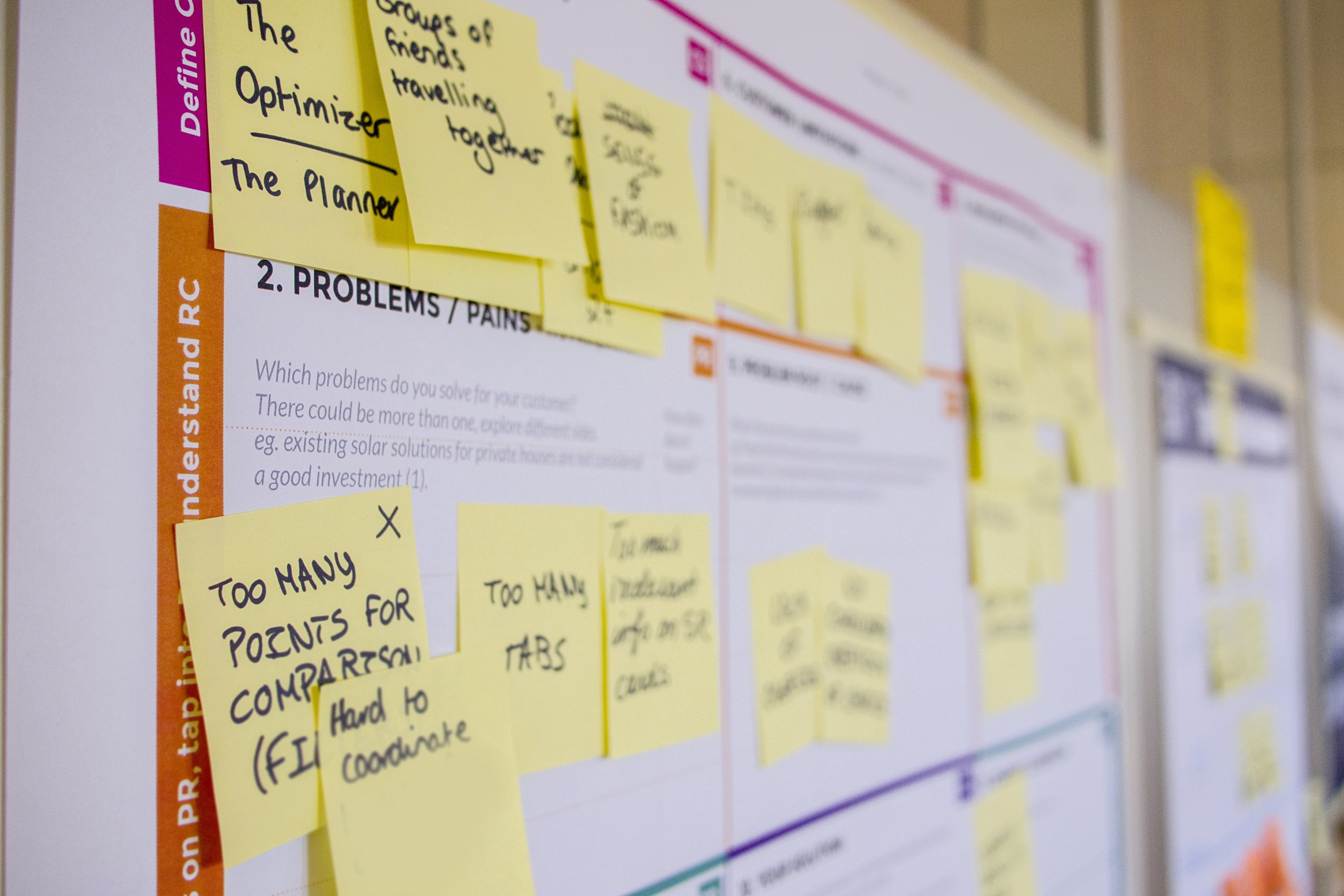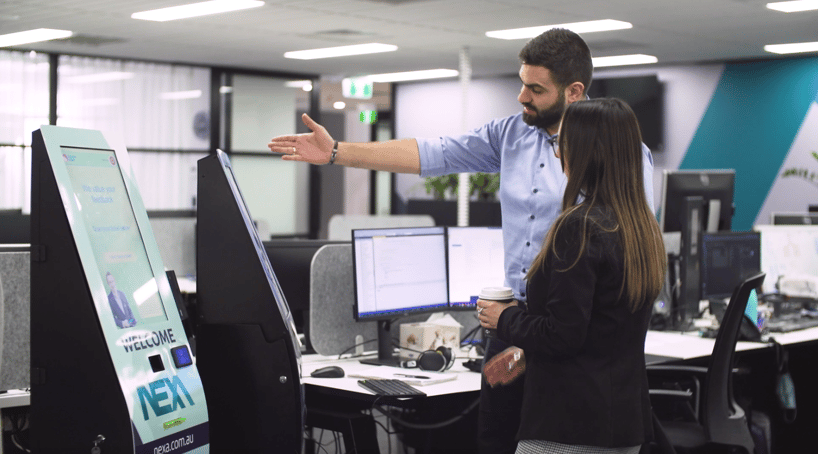
In today’s fast-paced and competitive world, providing a great customer experience matters more than ever.
That’s because service levels are often the deciding factor for your customers. With so many alternative options out there right at their fingertips, all it takes is one negative experience and you could lose a customer to a competitor.
However, the way to unlock the potential of your service quality and keep customers loyal is by taking a Service Design approach.
In a previous article, we discussed what Service Design is. Now, let’s discuss how service design helps with making interactions matter.
What organisations need Service Design?
The short answer is every service provider.
Not only does Service Design help businesses enhance the service journey, retain customers and earn more revenue; it can also help healthcare institutions deliver high-quality care and government service organisations connect better with their community.
At NEXA, we take a consultative approach to Service Design by understanding:
- your goals
- the needs of your customers
- the productivity of your team, and
- the service delivery process.
All of these factors are then assessed and re-designed to improve the overall service delivery for everyone.
This has helped several organisations with service delivery.

Case Study: See Service Design in Action
How a consultative Service Design approach empowered a government service agency
An Australian state government agency was acutely aware of the lack of satisfaction customers had in its delivery of basic yet essential services. Dealing with government departments meant multiple forms, long queues, unavailability of service at convenient times, and confusion about which department handled what.
This is where NEXA’s Service Design specialists were brought in to consult about how best to redesign the service process to address these shortcomings.
To do this, not only were processes assessed and staff consulted, but customers were also brought in throughout the entire project for feedback workshops, iterative proof of concept designs and real testing, right through to the delivery of the service. Customer opinions played a vital role in ensuring that their expectations were being met whilst ultimately improving the overall quality of the service.
As a result of the service design methodology, this government agency redesigned its service delivery using technology. They now report an average waiting time of less than 7 minutes, and service centres have achieved a 97% customer satisfaction rating, showcasing how the latest in digital technologies and service design can transform the process to deliver exceptional customer service.
Does your organisation want to benefit from service design in the same way?
Whether you’re a medical clinic, retailer or a local council, your customers’ experience will always come down to the quality of your service delivery.
This is why the process of Service Design is so important.
Download our free Service Design eBook today and learn how to assess, improve and innovate your existing services, as well as design new ones.


